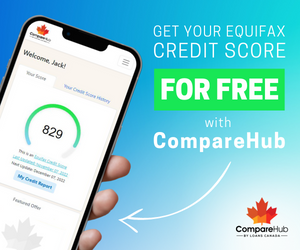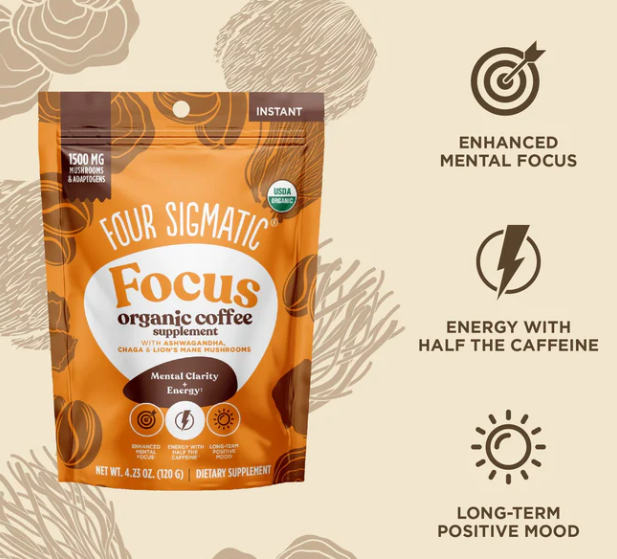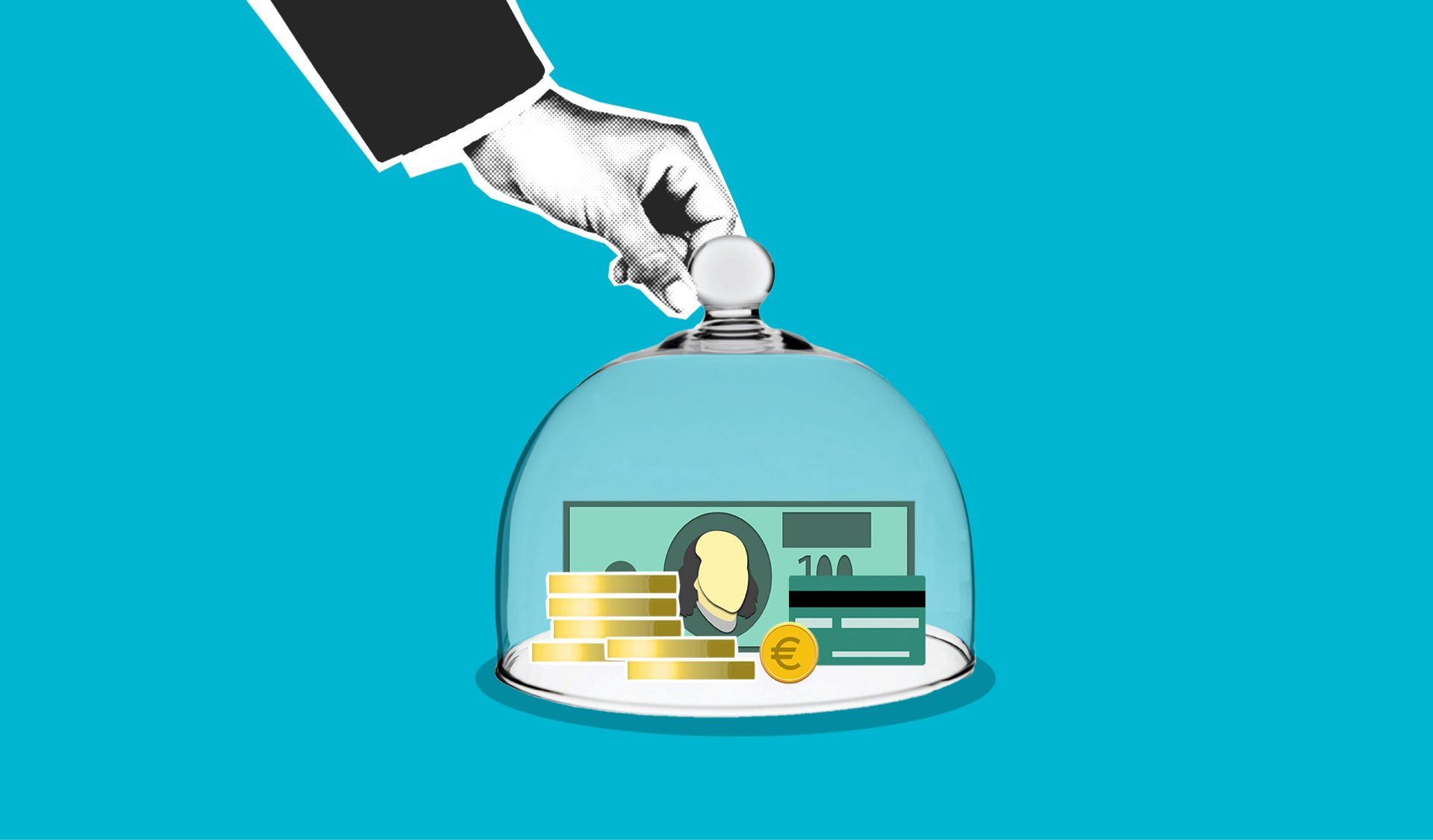The Cost of Living in Canada Is Rising in 2025: What You Need to Know
Canada in 2025 is feeling the squeeze. From groceries to housing and transportation—it’s been harder than ever for households to make ends meet.
What's driving prices up?
- Persistent inflation pressure
- Although headline inflation dipped to 1.7% in April 2025, core inflation is still running hot in the 2.3% range . That means everyday expenses aren’t coming down.
- Factors include lingering global supply chain issues, tariff-driven cost increases, and the reintroduction of carbon and sales taxes. For instance, food costs rose roughly 3.2–3.8% in March–April and shelter costs climbed nearly 3.9% year‑over‑year .
- Trade & tariff uncertainty
- Ongoing U.S.–Canada trade tensions have meant new tariffs—up to 50% on steel and aluminum—are actively pushing costs higher.
- The Bank of Canada has flagged these extra input costs—mainly passed on to businesses and consumers—as a key inflation concern
- Temporary carbon-tax relief expired in April 2025 and GST/HST breaks that offered short-term relief ended in mid-February. So, Canadians are now paying more across the board for everyday items.
- Wage and job market squeeze
- Economic headwinds in sectors like manufacturing and construction are leading to job losses and weaker wage growth . With weaker incomes, rising costs hit even harder.
What Does This Mean for You?
For many Canadians, this means:
- Higher monthly grocery and utility bills
- Inflation eroding savings and buying power
- Pressure on credit cards and variable loans—especially if you’re paying 18–22% APR
- Rising stress juggling multiple debts and payments
Even though headline inflation is milder than in post‑pandemic years, the pinch of climbing everyday costs is real—and it’s getting harder to stay in control financially.
How a Low‑Interest Consolidation Loan Can Help
Debt consolidation isn’t just about combining payments—it’s about ending the cycle of high interest and simplifying your finances to gain clarity and control.
✅ Core Benefits
1. Lower interest rates
- Credit cards average 18–22% APR. Consolidation loans offered by banks or credit unions typically charge 7–12%, saving you hundreds or thousands over time debt.ca.
2. Fewer payments to manage
- Instead of juggling multiple due dates and minimums, you’ve got a single monthly payment, reducing stress and the chance of missed payments rbcroyalbank.com.
3. Faster progress on principal
- More of each payment goes toward actually reducing your loan balance, not just paying interest. That means quicker debt payoff and reduced interest burden.
4. Predictable repayments
- Many loans are fixed-rate with a set term (1–5 years), allowing for precise budgeting and accountability td.com.
5. Opportunity for improved credit
- When you pay down debts efficiently and on time, your credit score can recover—helping with mortgage or auto loan eligibility down the line.
Steps to Consolidate Responsibly
- Get clear on your debt
- List all current debts, balances, interest rates, and minimum payments.
- Check offers
- Compare consolidation loans vs low‑rate lines of credit from banks, credit unions, or online lenders. Look for 7–12% APR options debt.ca.
- Use a loan calculator
- Estimate your monthly payment, total cost, and compare interest savings. Use tools like Canada’s Financial Consumer Agency’s Debt Solutions Portal canada.ca.
- Apply & consolidate
- Once approved, use the funds to pay off high‑interest debts. Confirm each account is closed or has zero balance.
- Stick to the plan
- Make payments consistently. Avoid adding new high‑interest debt—this is crucial.
- Reassess occasionally
- Monitor your plan; if interest rates drop or your income increases, consider refinancing to save more.
When Consolidation Isn’t the Best Option
Consolidation helps—but only when used wisely. You may want to explore other strategies if:
- You lack steady income for fixed payments
- Your credit isn’t strong enough to qualify for good rates
- Your debt balances are minimal or interest rates are already low
- Underlying spending habits remain unaddressed
A blended approach—like pairing consolidation with budgeting, the debt snowball method, or credit counseling—can be even more effective
Why 2025 Demands Financial Strategy
- Inflation still hovering near 2–3%, making real costs continue to edge upward for many households theguardian.com.
- Even small cost increases—from groceries, energy, or shelter—can knock your monthly budget off balance.
- With trade and tax pressures ongoing, unpredictability is still high: consolidated, predictable debt solutions give you control.
🎯 Final Takeaway
- Prices across the board—food, shelter, transportation—are still on the rise in 2025.
- Low‑interest debt consolidation gives you relief from crippling interest rates, simplifies your finances, and helps you regain control.
- When used alongside smart budgeting and potentially professional support, it can be the cornerstone of your financial comeback.
About GoPeerFunding.ca
At GoPeerFunding.ca, we connect Canadians with reliable, competitive peer-to-peer loans and financial education. Our mission: help you access the right funding—whether it's to consolidate debt, boost cash flow, or fund life goals—with low costs and transparent service.
Visit GoPeerFunding.ca to:
- Compare personal loan offers
- Use our easy-to-navigate Debt Guidance tools
- Access expert advice on financial planning and debt management
📌 Pro Tips for Smart Financial Management
- Stop unnecessary spending – review monthly subscriptions; cook at home more; shop with a list.
- Build an emergency cushion – save $500–$2,000 for unexpected costs.
- Maintain your credit momentum – pay on time, reduce utilization, monitor your score.
- Reinvest your savings – use interest savings to amplify your debt repayment.
In Summary
Canada in 2025 is navigating slow inflation, tariff fallout, and renewed tax burdens—and that affects consumer finances daily. But financial resilience is attainable. A low-interest consolidation loan can cut costs, reduce stress, and bring clarity.
If you're juggling multiple high-interest debts, consolidating might be the smartest way to realign your budget, rebuild credit, and get back on track. When paired with thoughtful spending, saving strategies, and steady planning, it’s a powerful step toward financial well-being.
Want help figuring out your best step?
Check out GoPeerFunding.ca today:
- Use our loan comparison tool to find the right fit
- Access expert tips for debt payoff and financial stability
- Begin your journey toward a stronger financial future 💪















